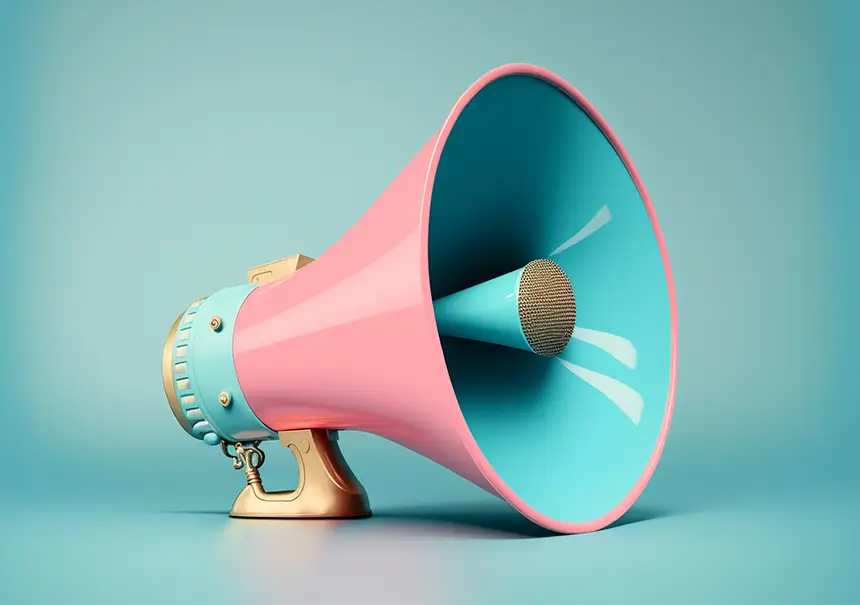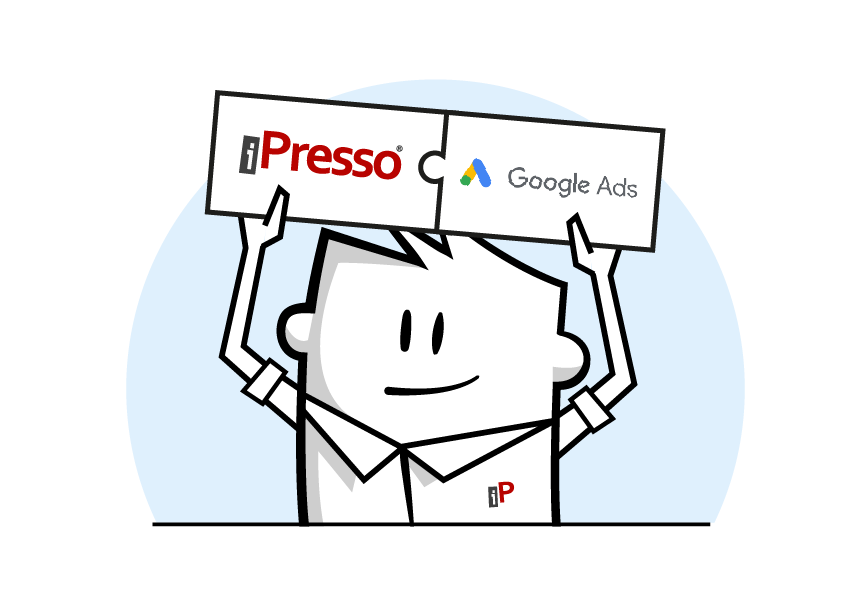What is a CTA?

Any (reasonable) marketer will agree that CTA is of great importance. It’s one of the best tools for generating leads, or, in effect, growing your business. However, it still happens that the placement of a CTA is forgotten. Let’s talk about how to write a catchy CTA and increase the effectiveness of ads.
What exactly is a CTA?
From English call-to-action, or call to action. We most commonly encounter a CTA in the form of a graphic (e.g. an icon) with a link to the page to which you want to redirect the user. In textbook terms, a CTA is an element that encourages the user to take a specific action – be it submitting a form, making a purchase, downloading an app and so on. Where is it useful to use CTAs? As a rule, it appears on advertiser websites, but call to action can also be found in Google ads and email marketing. You’ll also use CTAs in newsletters, where they work very well.
How to create an effective call to action that…works?
When looking at creating an effective CTA, we must remember that…it should be visible. Really, we’ve seen many instances of a call to action with a catchy slogan encouraging people to click, but hidden in such a way that a dog with a limp would not find it. So how to properly embed the button? It is assumed that the CTA should be located somewhere in the ATF section (Above The Fold – the area of the website visible immediately after loading, without scrolling yet), so that it can be spotted at a glance. You already know where to embed the CTA button. But what should it look like?
Since the effectiveness of the CTA button is to be at the level you want, you need to take care of the design of the CTA – sit down with the graphic designers and design something nice. An original idea will translate into more clicks. Remember, it’s good practice to standardize fonts with the rest of your website or mailings. People are mostly visual people. Generating leads will be easier if the call to action stands out with a color that contrasts with the surrounding graphic design. A good CTA button stands out. Simply put.
As a rule, the call – to – action button is described with a commanding verb, for example, “Call now”, “Buy now”, “Visit our showroom”, “Take advantage of the offer”. And such a form, although spoken in person would probably cause confusion for the customer, in a CTA it definitely works. CTA text is the key. When creating an effective CTA, pay attention to the fact that even if your website is generally formal and subdued, just in the CTA button you can afford to shorten the distance – you will agree that the slogan “Please click” would sound anything but serious. Whatever message calling for action you decide on, don’t forget that it’s worth letting the recipient know clearly what will happen after clicking. For this, a longer message directly above the CTA is also useful – so that the person simply knows what he or she is clicking on and what he or she will get out of it. It would also be an interesting idea to show the user how much time he/she has to spend before he/she gets any benefit (for example, “Fill out the form in 2 minutes”) or after how long he/she will get a response from our side – this could explain the popularity of ubiquitous “We’ll call you back in 10 seconds” messages.
An effective CTA button uses catchy words that work for most audiences. We especially recommend terms that connote a limited-time offer or financial benefit: “Today only,” “Free,” “Free” and the like. Specific numbers work just as well – and the short text on the CTA button is their natural habitat, for example, placing the text “60% off” is actually a brick-and-mortar recipe for success.
On the other hand, avoid as much as possible boring and overlong texts in CTAs! Not only that then your button will be unnaturally stretched (and in mobile view in general it may look strongly unserious), but it will also bring practically no sales benefit. The trick in CTAs is to create a short but specific and attractive call to action.
These are the good practices that will make your online advertising able to entice the user and bring a lot of sales benefit. We hope that these proven practices in creating CTAs will bring that to you as well.
How to test the effectiveness of a CTA button?
Call to action is a graceful topic for analytics. After all, we rely on a specific link sewn into the button. In practically every analytics tool we can trace the subsequent activity of such a link. To make it easier, you can arm the link with specific UTMs (Urchin Tracking Module, parameters added to the end of the URL) and have it immediately indicated which CTA and which link data we are reviewing. You can find a free and cool tool for adding UTMs here.
Measure the effectiveness of a CTA button most conveniently by CTR (Click Trough Rate), which is simply the ratio of clicks to users going to the linked page. We encourage testing – marketing is, after all, one big testing and more testing, and A/B is the middle name of any professional marketer. It’s a good idea to try two CTA creatives and see which one works better on customers, and then bet on it. In addition to strictly analytical reliance on numbers, other things will also help in measuring the effectiveness of CTA buttons: heatmaps such as Hotjar, which show in which parts of the page the audience’s attention is focused, or directly asking customers themselves about the reception of CTA creatives, for example, through NPS surveys.
That’s it. We hope that with these tips your call-to-action buttons will be red-hot, and your customer base (which is worth managing meaningfully, as we wrote about here) will grow like mushrooms in the fall. Good luck!



